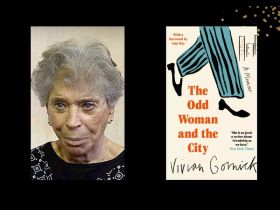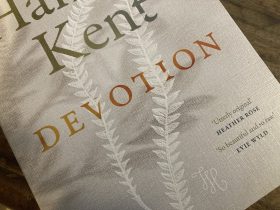Pitching story ideas as a freelancer can be an intimidating process, particularly if you don’t already have a business relationship with the publication, organisation or content client in question. Here are five tips to maximise your chances of at least receiving a response from busy, harried editors if you are thinking of submitting freelance articles – as a side hustle or as part of your portfolio of work.
Cold or warm pitching?
Depending on whether the pitch is cold or warm, your approach will be different. The former assumes you are reaching out to potential clients with whom you have not yet collaborated. The latter is clients with whom you have already dealt in another capacity.
Cold-selling yourself requires more information about your experiences, because essentially you are trying to build trust in your brand as a capable freelance writer who can submit clean copy in a timely fashion. However, even if your pitches are warm, it doesn’t necessarily follow that they will be accepted, regardless of your friendly relationship with the client. That depends ultimately on the strength of your idea and their editorial and budget requirements.
Do thorough research on the organisation in question
This seems commonsensical, but it’s still worth a reiteration. Have you read what work they’ve published recently? Is there a gap in their editorial landscape that you, with your specialised knowledge and contacts, can hope to fill? Is the idea a good fit? Who is their target audience?
Some organisations or publishers will have a pitch template that they’re happy to provide if you request one – and this can really help you with formatting your proposal.
Read: 5 tips to beat writers’ block
Your topic and pitch need to be aligned with the organisation’s specific audience while also fitting in with its editorial style and approach too.
It’s all in the details. Is the person and position title you are addressing current? If you address an editor who left the place three years ago, with a proposal on a topic that was published a week prior, you’ve obviously not done enough research.
Be succinct when pitching
No one has time to read a three-page CV and a page-long pitch, so keep it short and snappy. A brief bio, listing your qualifications and experience and no longer than two paragraphs outlining the story idea you’d like to pitch are sufficient. If you already have potential interviewees in mind, mention them. Explain why this particularly organisation will be the right home for your idea and why their readers will resonate with your pitch.
Be captivating with your opening salvo
Remember, editors receive unsolicited emails and pitches all day long, so how can you make yours stand out? Start with a strong hook in your opening sentence. You need to compel them to read further. If you can pique interest with a unique and niche offering that their own editorial staff cannot provide, then you’re in with a chance.
Be patient
Unless your idea is time-sensitive – in which case you should make that clear in your opening address – wait a few days to a week until you send a follow-up email. Sometimes in the deluge of emails received on a daily basis, it’s easy for editors to miss your pitch the first time round. However, if you still don’t hear back from them after this second query, assume that for whatever reason your pitch has not been successful; they just have not had the time to respond to explain their decision. So best to move on and try a different avenue.





